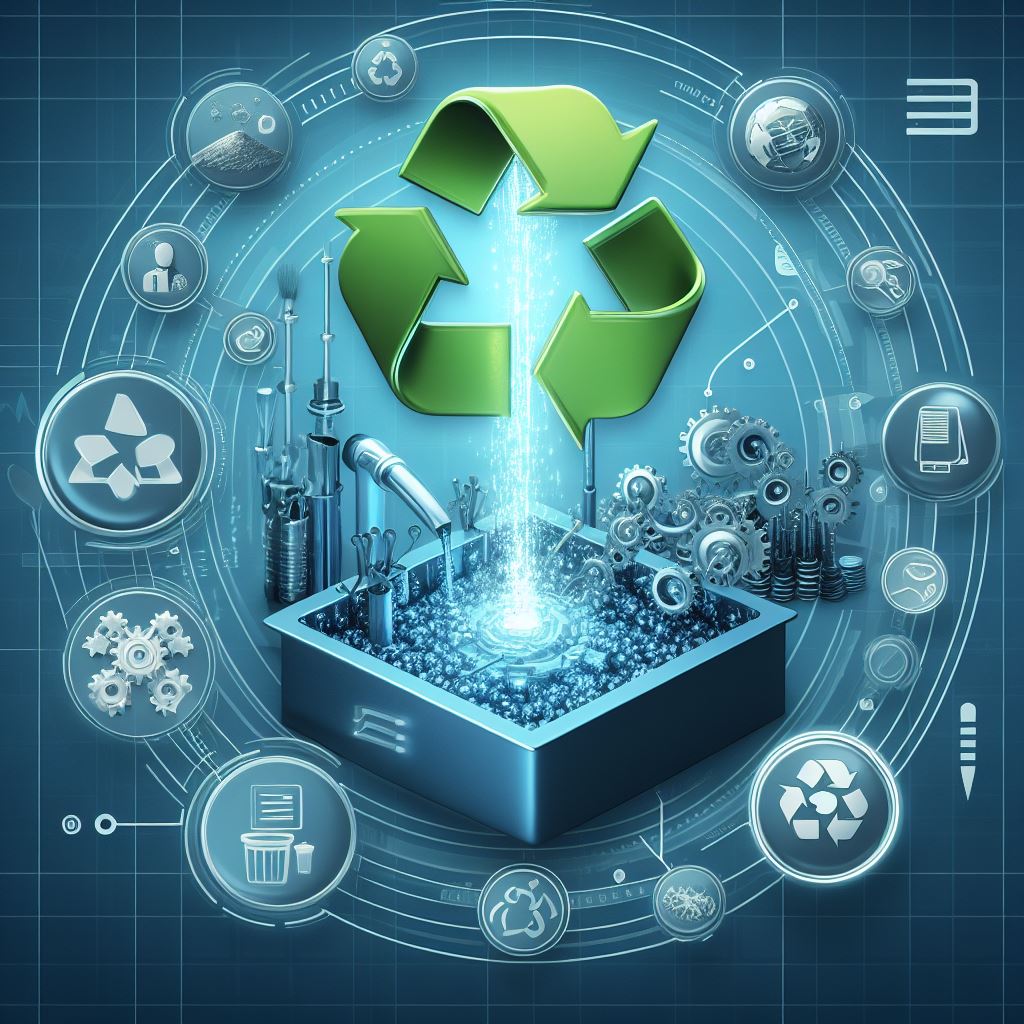In today’s eco-conscious world, sustainability has become a driving force across industries, including the manufacturing sector. Amidst this global shift, the metal button manufacturing industry is undergoing a profound transformation, embracing sustainable practices to minimize its environmental impact and contribute to a greener future. Let’s explore the unique journey of sustainability within metal button manufacturing:
- Recycled Materials Revolution: At the heart of sustainable button manufacturing lies a fundamental shift towards recycled materials. Manufacturers are increasingly turning to recycled metals, such as reclaimed brass and stainless steel, to craft buttons with minimal ecological footprint. By repurposing discarded materials, manufacturers reduce the demand for virgin resources and mitigate the environmental impact of metal extraction and processing.
- Energy-Efficient Innovations: Energy consumption is a significant concern in metal button production, with processes like melting and shaping demanding substantial energy inputs. To address this, manufacturers are implementing energy-efficient technologies and practices. Investments in renewable energy sources, such as solar and wind power, alongside process optimizations, are reducing carbon emissions and enhancing the overall sustainability of button manufacturing.
- Circular Economy Initiatives: Embracing the principles of a circular economy, metal button manufacturers are pioneering closed-loop production systems. These systems prioritize waste reduction and material reuse, ensuring that scrap metal generated during production is recycled and reintegrated into the manufacturing process. By closing the loop on materials, manufacturers minimize waste generation and promote resource efficiency.
- Water Conservation Strategies: Water scarcity is a pressing global issue, prompting manufacturers to implement water conservation measures in button manufacturing. Advanced water recycling systems, alongside process optimizations, are reducing water consumption and minimizing wastewater discharge. By prioritizing water stewardship, manufacturers minimize their environmental footprint and contribute to sustainable water management practices.
- Toxic-Free Coatings and Treatments: Surface treatments and coatings are essential for enhancing the appearance and durability of metal buttons. However, traditional plating processes often involve the use of toxic chemicals harmful to the environment. In response, manufacturers are adopting eco-friendly alternatives, such as water-based coatings and powder coatings, that eliminate toxic substances and reduce environmental impact.
- Certifications for Accountability: Certifications and standards serve as tangible evidence of a manufacturer’s commitment to sustainability and responsible practices. Metal button manufacturers are pursuing certifications such as ISO 14001 and Oeko-Tex Standard 100 to validate their adherence to stringent environmental criteria. These certifications provide assurance to customers and stakeholders of the manufacturer’s dedication to sustainability and ethical manufacturing practices.
- Collaborative Sustainability Efforts: Collaboration is key to driving meaningful change in the metal button manufacturing industry. Manufacturers are partnering with suppliers, industry associations, and other stakeholders to share best practices, innovate sustainable solutions, and address common challenges collectively. Through collaborative efforts, the industry can accelerate progress towards a more sustainable future.
In conclusion, sustainability is reshaping the landscape of metal button manufacturing, inspiring manufacturers to innovate and adopt environmentally responsible practices. By prioritizing recycled materials, implementing energy-efficient technologies, embracing circular economy principles, conserving water, eliminating toxic substances, obtaining certifications, and fostering collaboration, metal button manufacturers are leading the way towards a more sustainable and resilient industry. Through collective action and continuous innovation, the industry can forge a path towards environmental stewardship and contribute to a healthier planet for generations to come.
